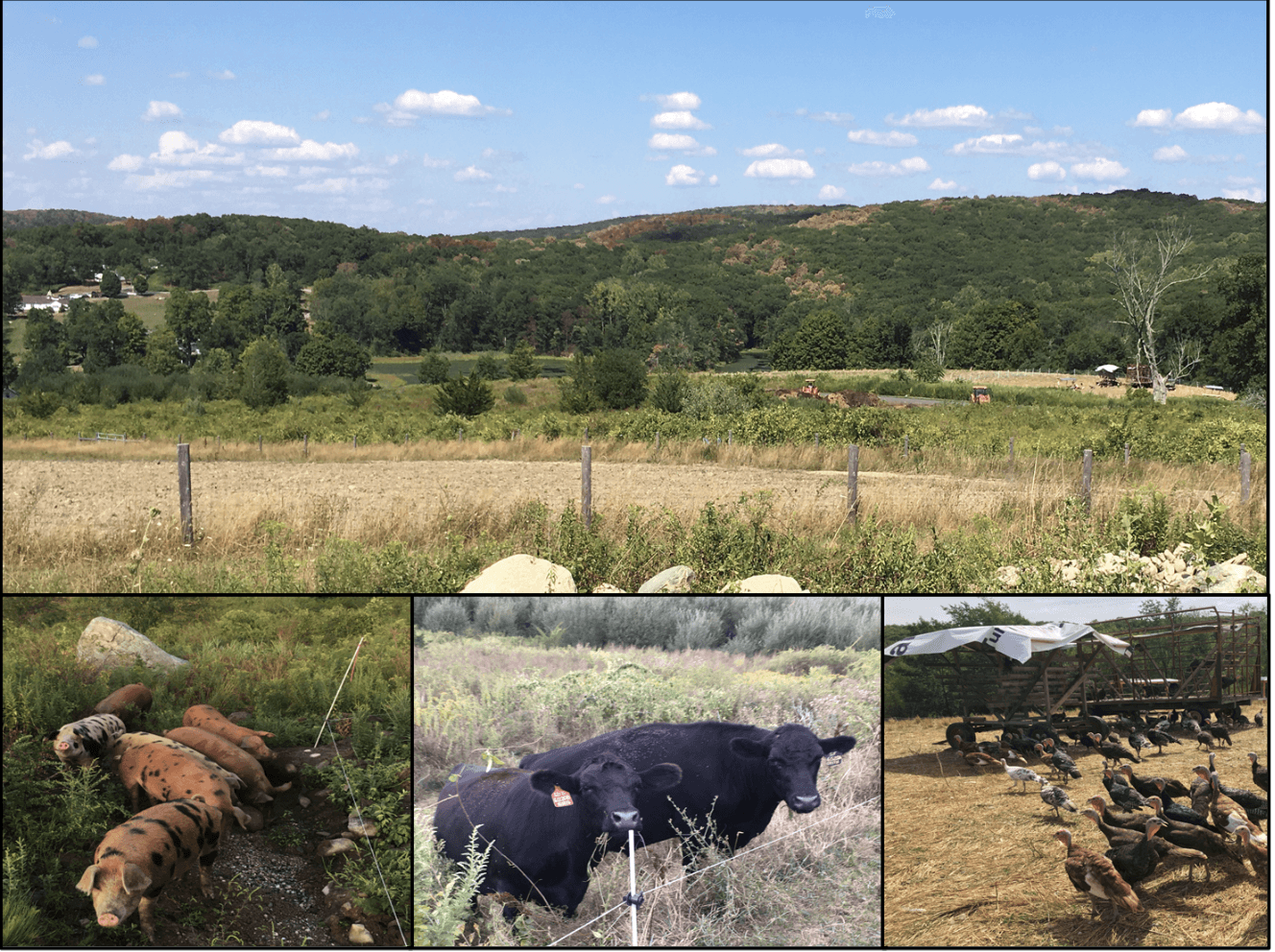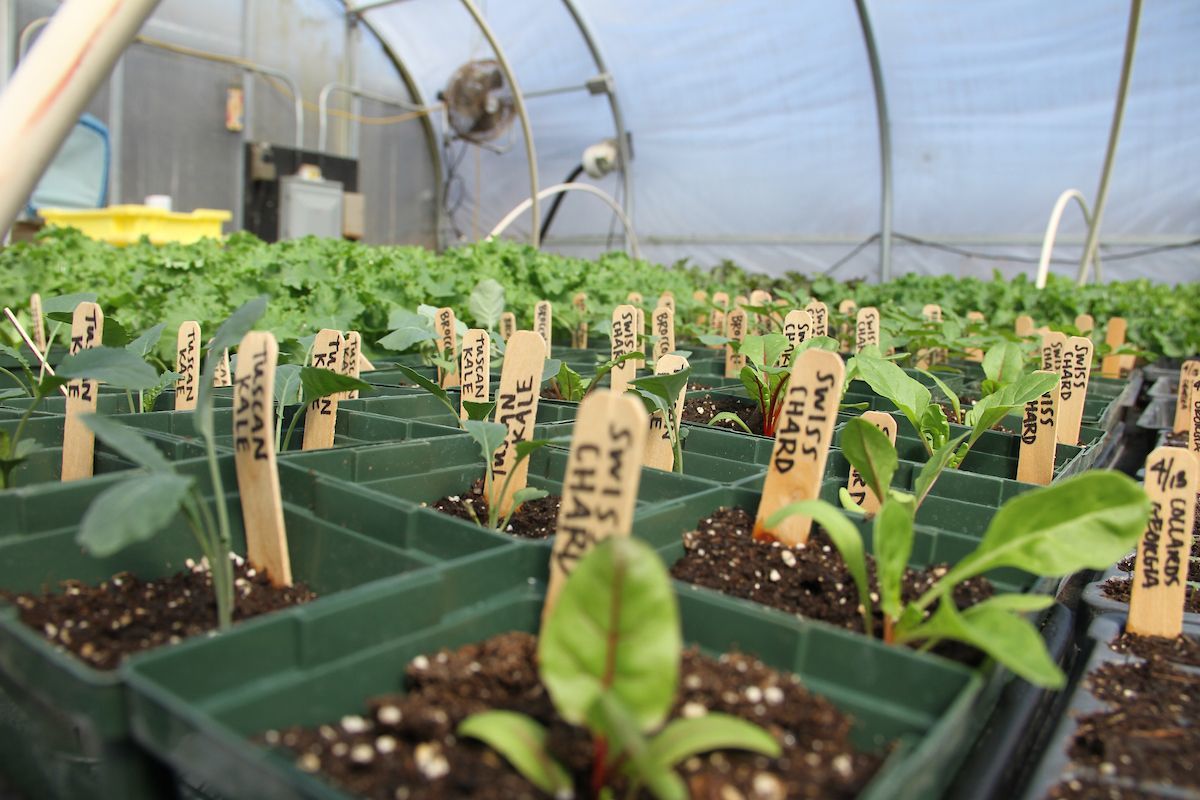
Oh, what a difference a few months can make! Back in June, as a beautiful, lush spring shifted slowly into deep greens of early summer, I wrote about the challenges of too much water at Glynwood's Farm. Just three months later, we are suffering from the effects of a flash drought and unprecedented heatwaves: our livestock farmers have been feeding hay for the last six weeks because our pastures have stopped growing; our lake and pond levels have dropped by six inches or more; and one of our wells has gone dry.
Although variable weather has always been a part of farming in the Hudson Valley, the growing frequency and intensity of flooding rains, dry periods and drought is something entirely new, raising new difficulties in managing water—too much and not enough. And it’s not just agricultural businesses that are grappling with these climate change impacts. Unprecedented changes in weather patterns are creating new challenges for every community in the Hudson Valley.
As I think back over my first year on this farm, I’ve witnessed both the damaging effects of heavy rains and the resilience of our operations to severe drought. Although this extraordinary weather was challenging for our farmers, our crops and our livestock, our operation exhibited notable response and recovery capacity. This is because we already use many of the sustainable agriculture practices that are proven to reduce climate risk like compost, cover crops, intensive grazing, and holding some critical resources in reserve. These practices, along with other factors such as our irrigation infrastructure, our ability to purchase hay when our pastures failed, and the health of our soils have served us well as the drought lingered on through the summer, accompanied by multiple record-setting heatwaves.
Livestock is particularly susceptible to drought and heat. We do not irrigate our pastures and two months of no rain and multiple heatwaves stopped pasture regrowth after our early summer grazing season. Fortunately, we were able to substitute purchased hay to feed our sheep and cattle, plus we sheltered our sheep, cattle and pigs in the multiflora rose thickets that occur in the natural drainages throughout our farm. These thicket areas, which tend to occur at lower areas in the farm landscape, are a bit wetter than our crop and pasture lands, and offer our livestock slightly cooler temperatures, abundant shade and a diverse mix of drought-tolerant native forages such as eastern gamma grass, Canada bluegrass, meadow willow, and honey locust.
Our farmers suffered, too. The drought and heat added tremendously to the stress of farm work. Along with the challenge of doing all the normal work of managing crops and livestock in unprecedented heat, our vegetable farmers devoted many additional hours to managing irrigation on six acres of diverse crops – each with different irrigation requirements for the amount, delivery and timing of water. Falling pond and lake levels, followed by one well going dry, added additional worries about how we would irrigate crops and water livestock if we ran out of water. It was not surprising, then, that our crops, livestock, people and land all seemed to breathe a sigh of relief as the first significant rain since early June fell on the farm last week.
Although our farm operations were resilient to these unprecedented conditions, we are making plans now to prepare for more frequent and more intense droughts ahead. Glynwood’s land management team is working on a regenerative climate risk management and resilience plan. The plan will identify the key weather-related threats to our operations and make changes that enhance the ability of our farm to overcome those threats, as well as other unanticipated disturbances and shocks. We are excited to dig into the opportunities offered by regenerative agriculture to continue to reap the benefits of some of the most powerful climate change solutions in agriculture.
A severe drought and multiple heat waves this summer have turned Glynwood’s landscape an unusual shade of green mixed with brown. In the landscape picture above, notice the newly seeded pasture in the foreground waiting for rain to sprout, green multiflora thicket and brown pasture in the middle ground, and the forested highlands behind with large patches of trees that have turned brown. Although the trees will not recover this season, our pastures are already greening up after a nearly 2 inch rainfall in early September broke the drought.
Image: Our pigs and cattle sheltering from the drought and heat in the cooler, wetter multiflora thickets. Our turkeys on a pasture that had quit growing and turned brown by mid-July.

